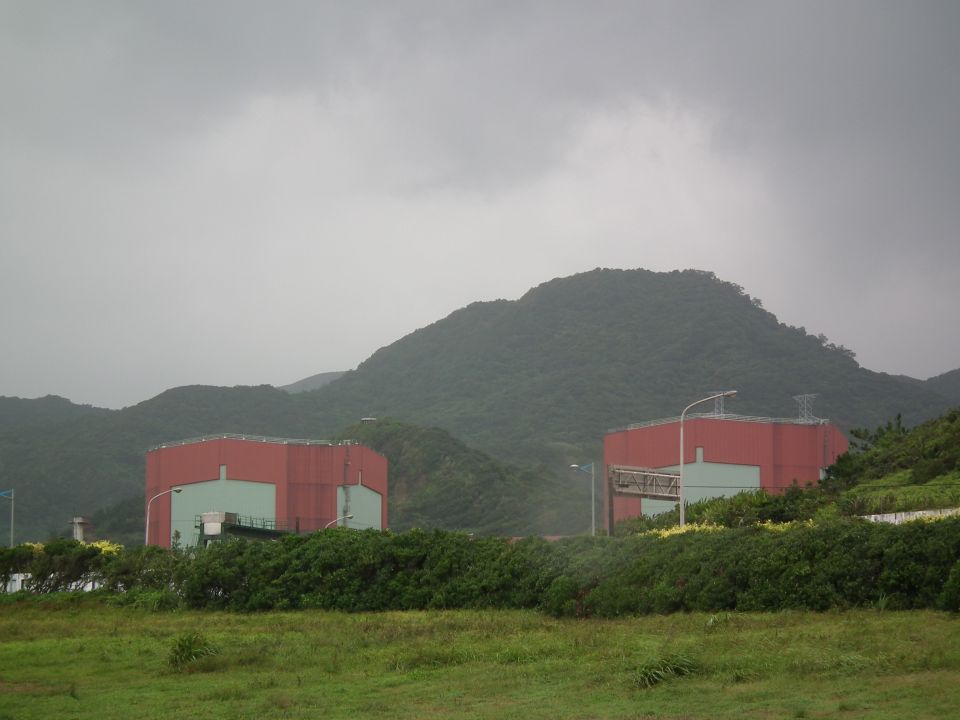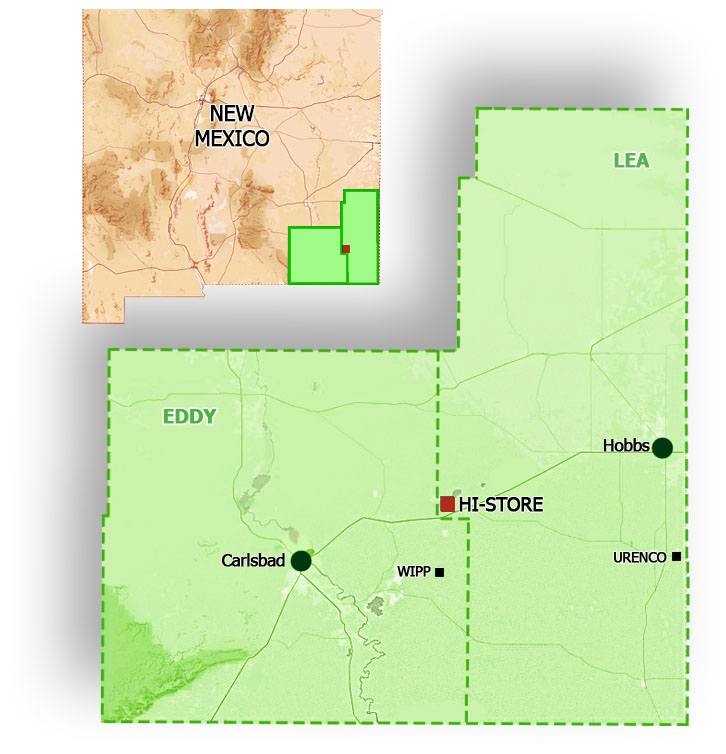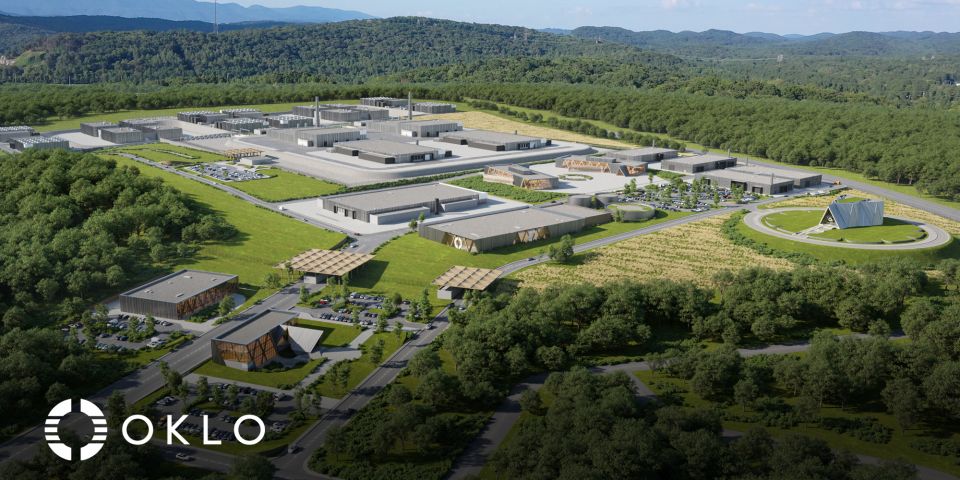Blue Ribbon Commission report focuses on process
Last month, the Blue Ribbon Commission (BRC) on America's Nuclear Energy Future released its long-awaited full draft report to Secretary Chu, based upon the findings of each of its subcommittees. Several nuclear bloggers offered their thoughts on the draft summary of the BRC recommendations when they were posted back in May. Since that time, the release of the full draft report expands upon earlier BRC recommendations, which largely focused upon centralized interim storage for spent nuclear fuel until a new permanent geological repository can be sited.
While centralized interim storage remains at the heart of its recommendations, a major focus of the full report has been on the process of nuclear waste management policy, including issues of site selection, regulations, and access to funding. Concerns over spent fuel in light of Fukushima also permeate the full report, underscoring the need for an integrated fuel management strategy.
Some Background
The Nuclear Waste Policy Act of 1982 laid the foundation for nuclear waste management policy in the United States, making it the official policy of the U.S. to develop two permanent geologic repositories along with a additional sites for monitored retrievable storage (MRS) of used nuclear fuel. To pay for the cost of disposal, nuclear electricity operators were assessed a 1-mil ($0.001) per kilowatt-hour tax on production, held in the Nuclear Waste Fund (NWF). In 1987, Congress amended the NWPA, eliminating the requirement for a second repository and an MRS site while designating Yucca Mountain as the sole geologic repository of the United States.
Pushing the "Reset Button"
Some of the most withering criticisms in the BRC report pertain to the site selection process that resulted in Yucca Mountain being the sole geologic repository for the United States. Of particular emphasis is a consent-based repository siting process, compared to the top-down approach which has been employed to date. To this end, the Commission draws heavily on the examples of community-supported projects such as the Waste Isolation Pilot Plant (WIPP) in Carlsbad, New Mexico and the SKB repository in Forsmark, Sweden.
selection process that resulted in Yucca Mountain being the sole geologic repository for the United States. Of particular emphasis is a consent-based repository siting process, compared to the top-down approach which has been employed to date. To this end, the Commission draws heavily on the examples of community-supported projects such as the Waste Isolation Pilot Plant (WIPP) in Carlsbad, New Mexico and the SKB repository in Forsmark, Sweden.
In addition, recommendations included the need for site-neutral performance requirements in the regulation, drafted before site selection as to avoid the appearance of regulations being drafted to fit the repository site (rather than the reverse). Overall, the Commission emphasizes a staged, flexible, and open process for waste management, one capable of responding to changing events, scientific knowledge, and technological options. Specifically, the report is harshly critical of the current process, which they describe as inflexible and overly prescriptive, with the process following the 1987 amendments to the NWPA lacking any contingencies should Yucca Mountain prove untenable.
Ultimately, regardless of potential waste management options such as advanced reactor systems and reprocessing to recover usable materials from spent fuel, the BRC's recommendations rest upon the resumed search for a permanent geologic repository (necessary for the long-term isolation of radioactive wastes, even with reprocessing) along with a centralized interim storage site for used nuclear fuel. In order to avoid the inevitable contention that any interim storage site becomes a de facto permanent repository, the report emphasizes the necessary coupling between any consolidated storage site with a credible process for establishing a permanent repository.
In as much, the BRC's recommendations essentially amount to pushing the "reset button" on the waste management process prior to the 1987 amendments to the NWPA, restarting the process of locating a repository while taking some of the lessons from the past thirty years into mind.
Under New Management
Perhaps the most radical of the BRC's suggestions is in the implementation of waste management under the direction of a federally-chartered corporation, similar to the Tennessee Valley Authority (TVA). Such a move is designed to produce a single-focus organization for the task of waste management which can act with a relatively greater degree of political independence while still operating under Congressional oversight.
An additional problem identified by the BRC is access to funds in the NWF. Despite its original intent, appropriations from the NWF are subject to yearly Congressional appropriations - essentially making funding for waste management subject to the vagaries of yearly budget politics. The BRC's recommendations include placing such funds into a trust under Congressional oversight, such that funds can be used as necessary to support waste management operations.
Hedging Bets on Waste Disposal Options
One key point of contention for nuclear advocates in the report's recommendations is its relative lack of ambition; despite evaluating several fuel cycle scenarios (including conventional and advanced light water reactors, along with partial or full recycle of long-lived actinides), the BRC specifically eschewed endorsing any advanced reprocessing or fuel cycle technologies as an alternative to direct disposal, preferring to keep its options open.
report's recommendations is its relative lack of ambition; despite evaluating several fuel cycle scenarios (including conventional and advanced light water reactors, along with partial or full recycle of long-lived actinides), the BRC specifically eschewed endorsing any advanced reprocessing or fuel cycle technologies as an alternative to direct disposal, preferring to keep its options open.
Also left unsaid is any evaluation of the viability of Yucca Mountain as a geologic repository; such a topic was specifically identified as "beyond the scope" of the Commission's analysis.
In particular, the emphasis upon consolidated interim storage indicates the BRC prefers to hedge its bets on technology, taking a "wait-and-see" approach afforded by such an approach while leaving geologic disposal in place as the default final solution, stressing the need for flexibility and cautioning against "irreversible" spent fuel management choices.
In many ways the Commission appears to be waiting for a technological intervention to solve their problem for them, either through more advances in more economical spent fuel reprocessing or in radical breakthroughs in reactor technology.
Looking Forward
So where does this leave us? While much of the report contains useful insights about the process of establishing a geologic repository, it provides little in the way of direct solutions for the current impasse. Its proposal for centralized interim storage for spent fuel is admittedly a temporary solution designed to buy some breathing room for the federal government, but in no way does it represent a permanent solution. In essence, the recommendations leave us back where we started nearly 30 years ago - perhaps wiser for the journey, but little closer to a permanent solution.
 Steve Skutnik recently obtained his Ph.D. in Nuclear Engineering from North Carolina State University. He blogs at The Neutron Economy.
Steve Skutnik recently obtained his Ph.D. in Nuclear Engineering from North Carolina State University. He blogs at The Neutron Economy.






